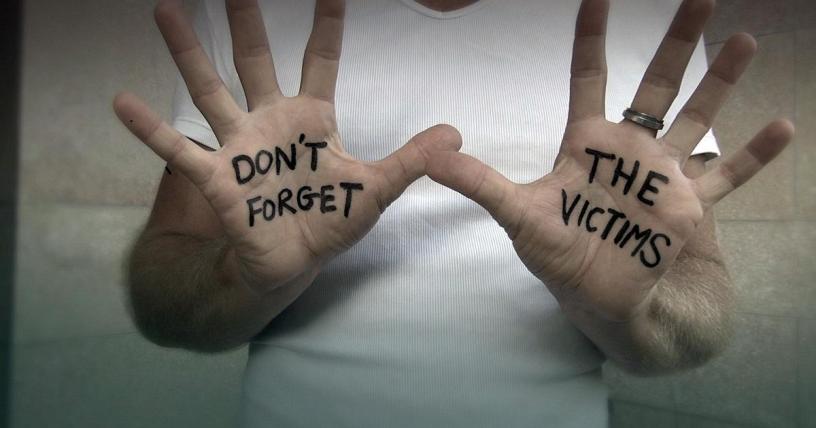Write a research paper about Secondary victimization of victims of crimes

 Skip to content
Skip to content

Our orders are delivered strictly on time without delay
 Our orders are delivered strictly on time without delay
Our orders are delivered strictly on time without delay 
Write a research paper about Secondary victimization of victims of crimes

Research Paper: Secondary Victimization of Victims of Crimes
Abstract
This paper explores the concept of secondary victimization, which refers to the additional harm and trauma experienced by victims of crimes through interactions with the criminal justice system, media, and society. The paper delves into the various forms of secondary victimization, its impact on victims, and strategies to mitigate its effects. By shedding light on this important issue, we aim to raise awareness and advocate for more victim-centered approaches within the criminal justice system.
Introduction
Victims of crimes not only face the initial trauma of being victimized but often endure further harm through secondary victimization. Secondary victimization occurs when victims are re-traumatized or revictimized through various interactions with the criminal justice system, media coverage, and societal attitudes. This phenomenon can exacerbate the psychological, emotional, and physical toll on victims, hindering their healing process and sense of justice.
Forms of Secondary Victimization
1. Criminal Justice System
One of the primary sources of secondary victimization is the criminal justice system itself. Victims may feel marginalized, disbelieved, or blamed by law enforcement officers, prosecutors, or defense attorneys. Insensitive questioning, lengthy court proceedings, and lack of updates on the case can all contribute to retraumatizing victims and undermining their trust in the system.
2. Media Coverage
Media portrayal of crime can also perpetuate secondary victimization. Sensationalized reporting, invasion of privacy, and victim-blaming narratives can further traumatize victims and their families. Misrepresentation of facts or graphic details can trigger distressing memories and expose victims to public scrutiny and judgment.
3. Societal Attitudes
Negative societal attitudes towards victims of crimes can compound their trauma. Victim-blaming, stigmatization, and disbelief can lead victims to internalize shame and guilt, further eroding their sense of agency and self-worth. Lack of empathy and support from the community can isolate victims and impede their recovery process.
Impact on Victims
Secondary victimization can have profound effects on victims’ well-being and recovery:
– Psychological Impact: Increased anxiety, depression, post-traumatic stress disorder (PTSD), and feelings of powerlessness.
– Emotional Impact: Shame, guilt, anger, and diminished self-esteem.
– Physical Impact: Sleep disturbances, somatic symptoms, and exacerbation of existing health conditions.
– Social Impact: Isolation, distrust of others, and reluctance to seek help or report future crimes.
Mitigating Secondary Victimization
Efforts to reduce secondary victimization and promote victim-centered approaches include:
– Training: Providing specialized training for law enforcement, legal professionals, and media personnel on trauma-informed practices.
– Guidelines: Developing guidelines for respectful and sensitive treatment of victims throughout the criminal justice process.
– Support Services: Offering comprehensive support services such as counseling, advocacy, and resources to address victims’ needs.
– Empowerment: Empowering victims to have a voice in decisions that affect them and ensuring their rights are respected and upheld.
Conclusion
Secondary victimization poses a significant challenge for victims of crimes, compounding their trauma and hindering their recovery process. By recognizing the forms of secondary victimization, understanding its impact on victims, and implementing strategies to mitigate its effects, we can work towards a more compassionate and supportive response to victims within the criminal justice system and society at large. It is imperative for all stakeholders to prioritize victim well-being and dignity in order to create a more just and empathetic environment for those who have already endured so much.

